If I Could Have Only One Shade Tree
I used to say that I’d love to have a Shumard red oak at the head of my grave.
That felt a lot better when I was 30 or 40 than it does now when I’m 75 and sheltering indoors during a Great Pandemic.
But that’s just all static. Quercus shumardii is still my favorite shade tree, and I’d like to speak on its behalf in the hopes that you’ll consider it for your Texas landscape.
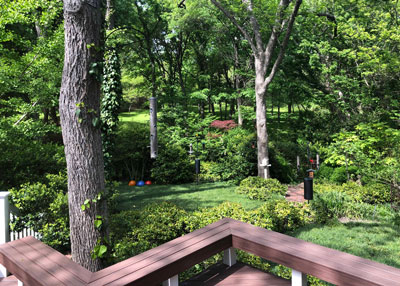
Here’s my sales pitch…
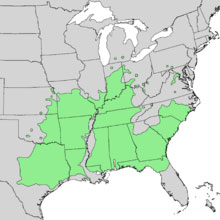
• Native to the southeastern United States and certainly the eastern half of Texas.
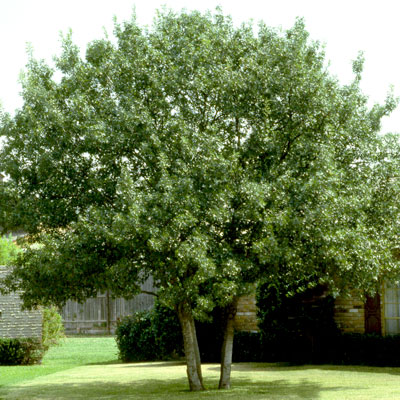
• Grows well in a variety of soils, from deep, alluvial soils all the way to rocky escarpments of the Texas Hill Country.
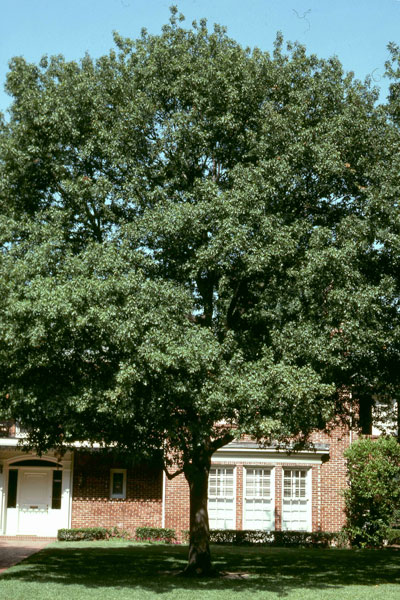
• Generally matures into a large, rounded shade tree 50 ft. tall and wide, although the largest Shumard red oak in Texas is in Hays County. It’s 82 ft. tall, with a crown spread of 68 ft. and a trunk circumference of 193 inches!
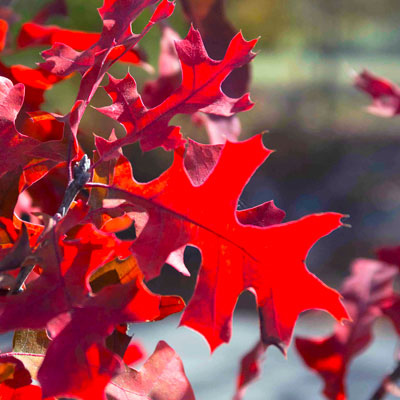
• Summer leaf color is deep, dark green. Fall color is often brilliant red, although intensities will vary depending on individual trees and weather conditions.
• Rate of growth is moderate. I categorize it as a great 45- to 50-mph tree. It’s not as speedy as the fast-growing “trash” trees that live short, hard lives and cost a bunch to maintain and remove. But Shumards are so much more dependable, and they live so much longer – up to 150 years.
• Buy a boxed or container-grown tree for best results, and buy from a local independent retail garden center to be sure you’re getting a genuine Shumard red oak and not a pin oak (Quercus palustris) or one of the other look-alikes that won’t handle the alkaline soils so many of us have.
• You can plant Shumard red oaks at any season, but be prepared to water it by hand twice weekly for its first two years in your landscape.

Critical note: Shumard red oaks, as well as most other oaks, have very thin bark when they’re young. And they’ve been grown pot-to-pot in their nurseries. When we bring them home and plant them into our yards, their thin-barked trunks are suddenly exposed to intense summer sun. Left unprotected, those trunks overheat and the bark splits vertically. Eventually, after a couple of years, the trunk cracks and the bark peels on the west sides of the trunks, and often the entire tree is lost. The solution: wrap and protect the trunk with paper tree wrap for its first two years in your landscape. That $5 investment can protect your $100-$500 shade tree. I promise!
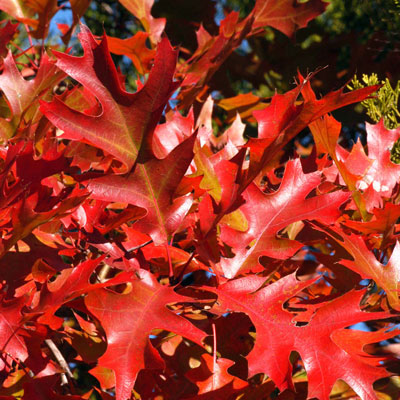
And, yes… I know that oaks produce acorns and that 2019 was a banner year for them. Many of us are having to pull the seedlings out of our groundcover beds. That’s after we had to clear them off the driveway and walk and out of the guttering. I get all that. But there is no tree that you’ll grow that will be without fault. Most years won’t be like 2019. Don’t score oaks down too far because of the acorns. They’re a short-term challenge. Life will move on and you’ll be just fine.
